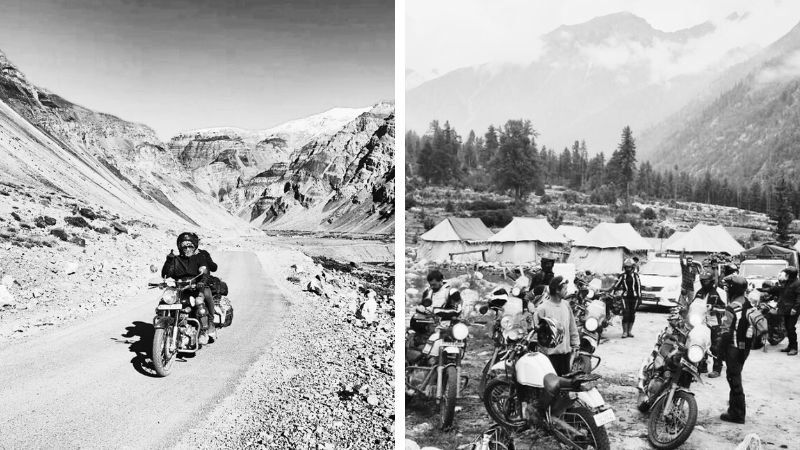Tabo Monastery, also known as Tabo Chos-khor, is a Buddhist monastery located in the Tabo village of the Spiti Valley in Himachal Pradesh, India. The monastery is considered one of the oldest and most important Buddhist centers in the region, and has been continuously active for over a thousand years.
Tabo Monastery was founded in 996 AD by the great Indian scholar and teacher Rinchen Zangpo, who was also known as the “Lotsawa” or translator. He was invited by the king of Guge, Yeshe O, to spread Buddhism in Western Tibet and to translate Buddhist texts into Tibetan. Rinchen Zangpo built the main temple and many other structures in the complex, and also invited many other teachers to come and teach at the monastery.
The main temple at Tabo Monastery is a large, multi-storied building that houses a number of important artifacts and works of art. The walls of the temple are adorned with intricate frescoes and thangkas, which are large, colorful paintings on cloth. Some of these works of art are believed to be over a thousand years old and are considered to be some of the most important examples of Himalayan art. The temple also contains a statue of the Buddha, known as the “Tabo Chorten”, which is considered to be one of the most important statues in the region.
Tabo Monastery is also home to a number of other structures, including smaller temples, meditation rooms, and residential quarters for the monks. The complex also contains a number of stupas, or Buddhist shrines, which are used for meditation and worship.
One of the most interesting things about Tabo Monastery is that it has been continuously inhabited by monks for over a thousand years. This means that the monastery has a living tradition of Buddhism that has been passed down through the generations. The current head lama of the monastery is a direct descendant of Rinchen Zangpo, and the teachings and practices of the monastery have remained unchanged for centuries.
Over the centuries, Tabo Monastery has played an important role in the spread of Buddhism in the region. It has been a center of learning and scholarship, and has produced many great scholars and teachers. It has also been a place of pilgrimage for Buddhists from all over the Himalayan region and beyond.
Despite the remoteness of the place and the harsh climate, Tabo Monastery has stood the test of time and still remains an important and active Buddhist center to this day. It is a place of great spiritual significance and is well worth a visit for anyone interested in Buddhism or the history and culture of the Himalayan region.
It can be accessed by road from Shimla and Manali, or by flight till nearest airport Kullu and then by road. It is a 10-12 hour drive from Shimla and a 2-3 day drive from Manali. It is advisable to visit during the months of May to October as during the rest of the year the road are blocked due to heavy snowfall.
In conclusion, Tabo Monastery is a unique and important Buddhist site that has played a vital role in the spread of Buddhism in the Himalayan region. Its rich history, beautiful art and architecture, and living tradition make it a must-see for anyone interested in Buddhism or the culture of the Himalayas. It’s a perfect blend of culture and nature, a perfect blend of ancient and modern, and a perfect blend of spirituality and adventure.





